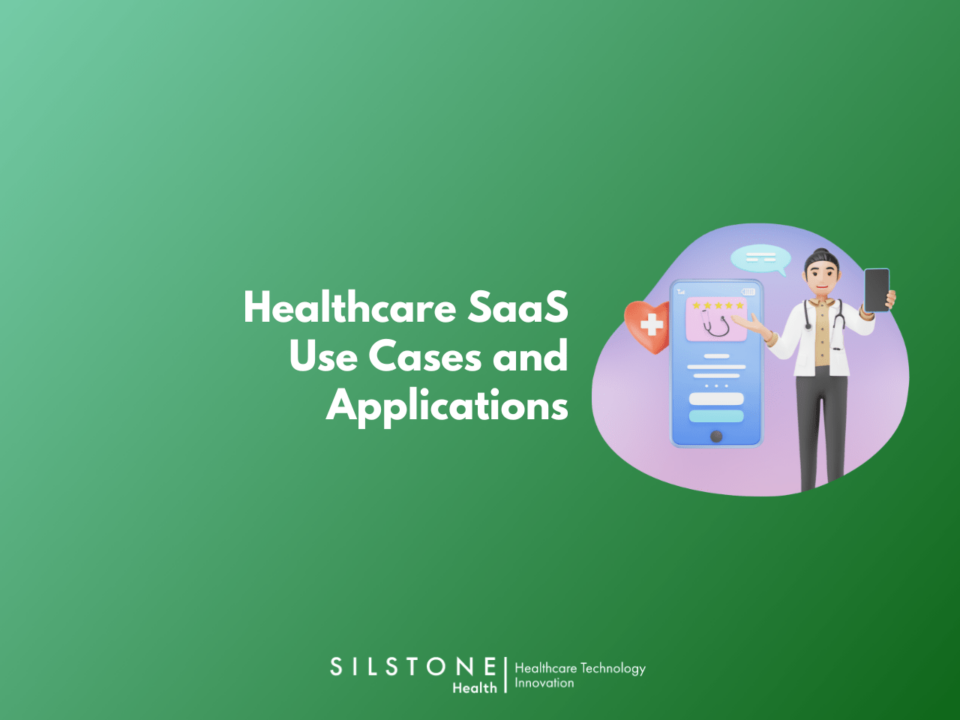
Cloud Adoption and Migration Challenges
September 3, 2021
Easier than ever! Remotely Monitoring patients through cloud-based IoMT solutions
October 4, 2021Video Ingestion and Analysis Platform for the Healthcare Industry

Clinicians capture thousands of clinical images and videos every year. Health care organizations need an efficient way to ensure medical content is safely stored, but still easily accessible for consultations, procedure reviews, teaching and quality initiatives. Such a solution is absolutely necessary for surgeons who require continuous consultation from their own practices and surgery operations to perform a quality controlled surgery.
A cloud-based architecture is preferred over traditional IT infrastructure as it makes it easier in storing and backing up the sensitive data securely in multiple availability zones that gives low latency and easy access. In addition to this, the AWS utility-based services are HIPAA compliant. Through the consultation of an experienced AWS cloud architect, the solution can be a cost-efficient, fault-tolerant and highly scalable solution. Such a solution has a lot of potential in the education sector as well as it can provide live streaming/recorded streaming services with low latency and meet demand with high quality of practice surgeries to students remotely.
The following AWS architecture can be utilized for achieving such a solution. The solution can help:
- Users can view livestream with low latency and high quality as well as recorded video of the surgeries.
- Users have the ability to pause and edit a particular segment of the video to better understand and/or mark any mistake or practice for quality control.
- Multiple users can view the edited video to be able to learn from the mistakes.
- The admin has the ability to allocate the relevant specialist for analysis and then send back the edited video for better understanding to the users.

Let us understand how the different AWS services work together in the architecture.
- AWS Elemental Link: AWS Elemental Link encoding devices connect a live video source, like a camera or video production equipment, to AWS Elemental MediaLiveLink devices offer a configuration-free, cost-efficient way to securely and reliably transfer video to MediaLive for delivery to viewers.
- AWS Elemental MediaLive: The service works by encoding your live video streams in real-time, taking a larger-sized live video source and compressing it into smaller versions for distribution to your viewers. With AWS Elemental MediaLive, you can easily set up streams for both live events and 24×7 channels with advanced broadcasting features, high availability, and pay-as-you-go pricing.
- AWS Elemental MediaPackage: The service reliably prepares and protects your video for delivery over the Internet. From a single video input, AWS Elemental MediaPackage creates video streams formatted to play on connected TVs, mobile phones, computers, tablets, and game consoles. It makes it easy to implement popular video features for viewers (start-over, pause, rewind, etc.), like those commonly found on DVRs. AWS Elemental MediaPackage can also protect your content using Digital Rights Management (DRM). AWS Elemental MediaPackage scales automatically in response to load, so your viewers will always get a great experience without you having to accurately predict in advance the capacity you’ll need.
- Amazon S3: Amazon Simple Storage Service (Amazon S3) is an object storage service that offers scalability, data availability, security, and performance. It is use for backing up the video streams for viewing the recorded media.
- AWS Elemental MediaConvert: It allows you to easily create video-on-demand (VOD) content for broadcast and multiscreen delivery at scale.
- AWS CloudFront: Amazon CloudFront is a fast content delivery network (CDN) service that securely delivers data, videos, applications, and APIs to customers globally with low latency, high transfer speeds, all within a developer-friendly environment.
- AWS StepFunctions: AWS Step Functions is a low-code visual workflow service used to orchestrate AWS services, automate business processes, and build serverless applications. Workflows manage failures, retries, parallelization, service integrations, and observability so developers can focus on higher-value business logic.





